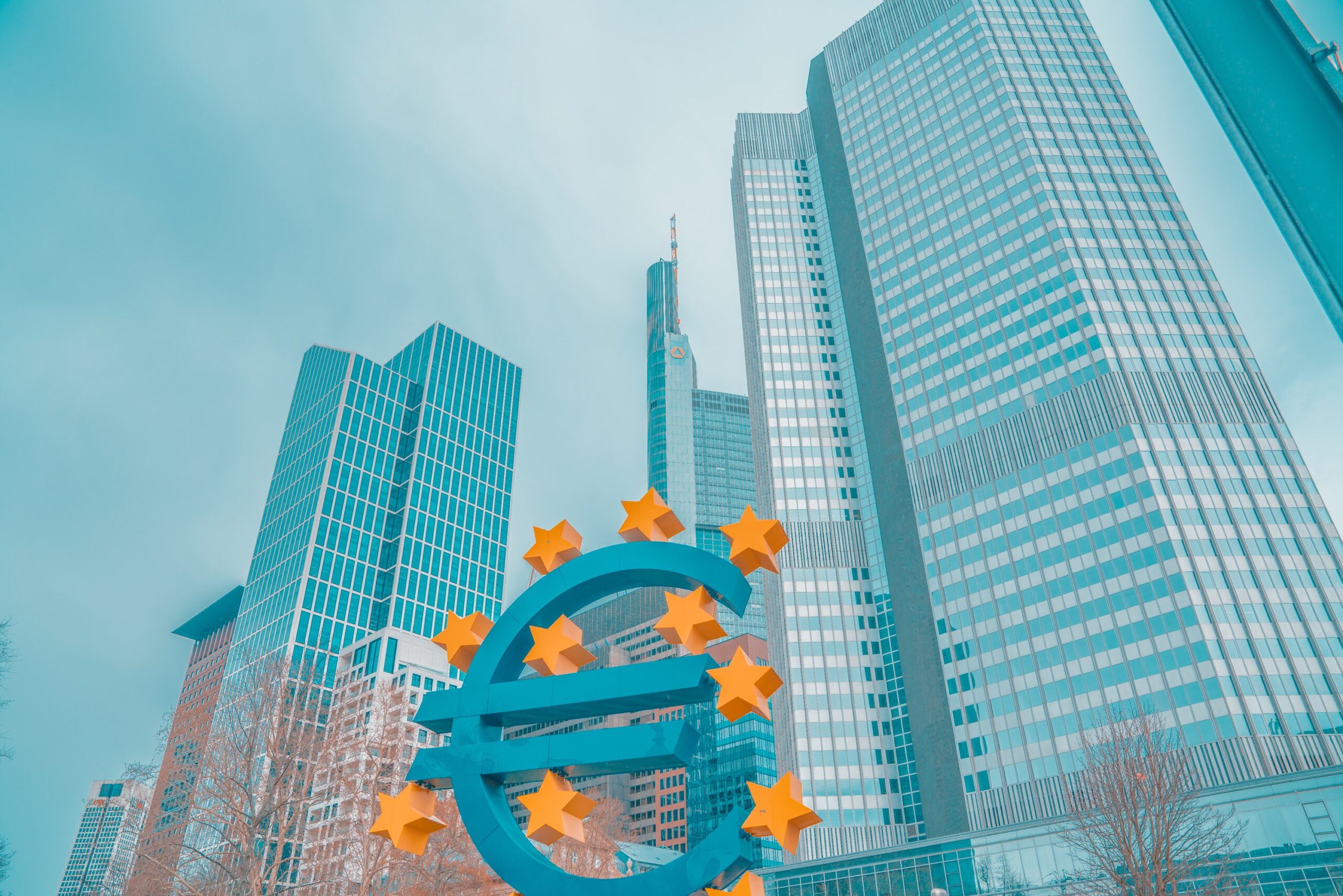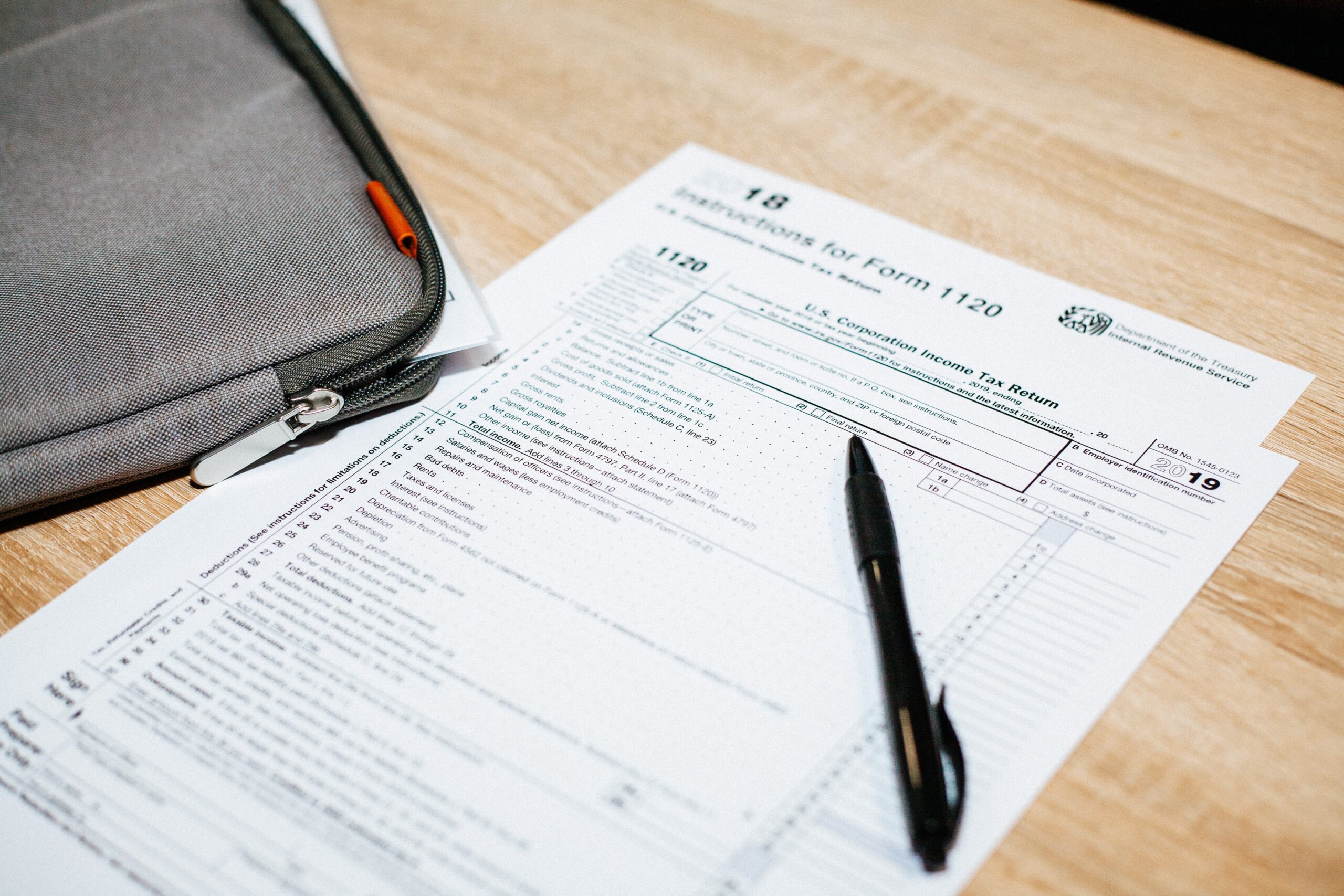The eurozone fell back into recession as the bloc struggles to recover from the global pandemic. The EU has come under much criticism for its labored vaccine rollout programs, and this has meant that many countries in the zone are suffering from third and fourth waves of the pandemic. The associated lockdowns and other restrictions are some of the factors behind what has become a double-dip recession for the region.
A widely used definition of a recession is a second consecutive quarterly contraction of the economy. The eurozone’s economy shrank by 0.6% in the current quarter and is the second such contraction. This is also the second time that such an episode has occurred since the onset of the pandemic, making this a so-called “double-dip” recession.
However, individually, some of the member countries reported growth in one or other of the preceding quarters. For instance, France recorded growth of 0.4% in the first three months of the year, after declining in the final quarter of 2020. The French National Statistical Agency described the growth as “limited”.
Germany reported the opposite. In the first quarter of the year, their shrank by 1.7% whereas it had shown slight growth in the final quarter of 2020.
The German figures have some specific factors that may well have affected the figures. A temporary cut in value-added tax (VAT) which had been put in place to support the economy during the pandemic had ended at the start of the year. This rise in VAT had curtailed spending and construction.
Andrew Kenningham, an analyst at Capital Economics, said that disruptions to the countries manufacturing industry, mostly in the motor industry, had helped drive the figures. Semiconductor shortages have had a worldwide effect in this sector and many manufacturers have had to reduce output due to a lack of components.
In Europe as a whole, economic activity has been hampered by the spread of the virus and the restrictions put in place to curb its spread. Italy has been one of the hardest-hit countries, both in the spread of the virus and the hit its economy has taken.
According to the released figures, the Italian economy is still 6.6% below the 2019 figures.
Promise for the future
Whilst the figures do not make happy reading, there is some cause for optimism. Economic activity across the entire zone was 11% higher than at its lowest point in the pandemic, which occurred in the second quarter of 2020. This supports the underlying belief that businesses are learning to adapt to the restrictions.
And after a rocky start, vaccination programs are beginning to take effect in many of the countries, although they still lag behind countries like the U.S., U.K, and Israel. The increase in these programs will allow an easing of restrictions and will help with consumer confidence.
For southern European countries like Greece, Spain, and Italy, where tourism is a major part of the economy, vaccination programs and a return to freedom of movement are essential to kick-start their faltering economies.



